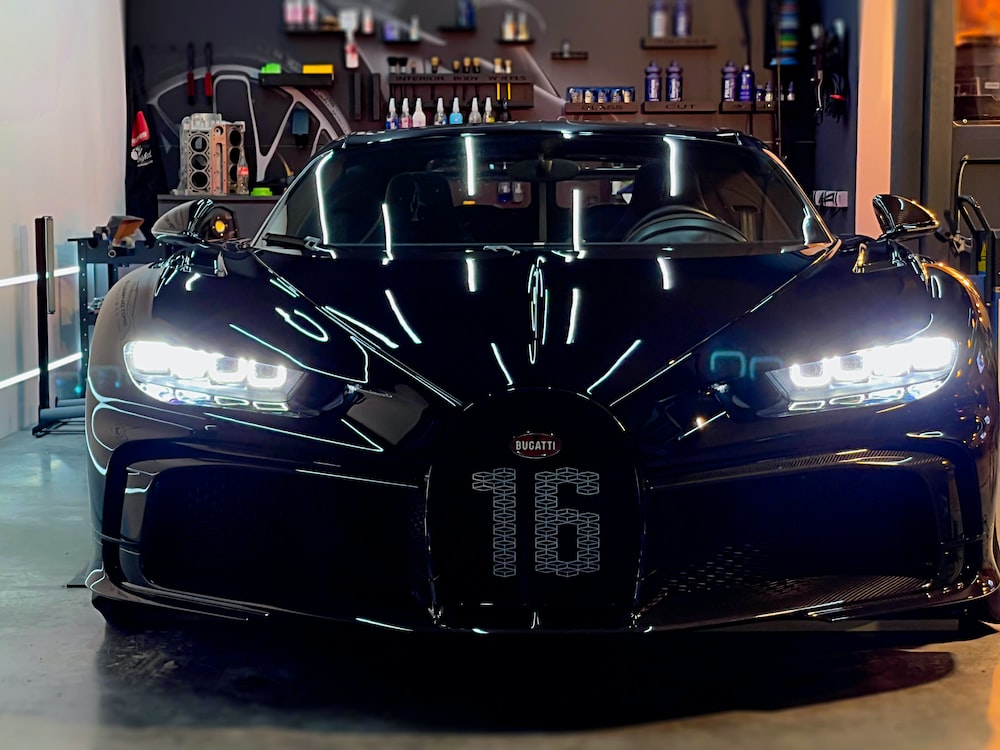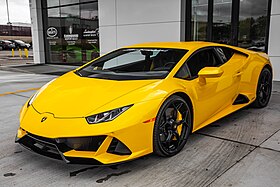Volkswagen

Volkswagen was established in 1937 by the German Labour Front (Deutsche Arbeitsfront) in Berlin.[5] In the early 1930s, cars were a luxury – most Germans could afford nothing more elaborate than a motorcycle and only one German out of 50 owned a car. Seeking a potential new market, some car makers began independent "people's car" projects – the Mercedes 170H, BMW 3/15, Adler AutoBahn, Steyr 55 and Hanomag 1.3L, among others.
The growing trend was not nascent; Béla Barényi, a pioneering automotive engineer, is credited as already having conceived the basic design during the mid-1920s. Josef Ganz developed the Standard Superior (going as far as advertising it as the "German Volkswagen"). In Germany, the company Hanomag mass-produced the 2/10 PS "Kommissbrot", a small, cheap rear-engined car, from 1925 to 1928.[6] Also, in Czechoslovakia, the Hans Ledwinka designed Tatra T77, a very popular car amongst the German elite, was becoming smaller and more affordable at each revision. Ferdinand Porsche, a well-known designer for high-end vehicles and race cars, had been trying for years to get a manufacturer interested in a small car suitable for a family. He built a car named the "Volksauto" from the ground up in 1933, using many popular ideas and several of his own, putting together a car with an air-cooled rear engine, torsion bar suspension, and a "beetle" shape, the front bonnet rounded for better aerodynamics (necessary as it had a small engine).[7]
Volkswagen was established in 1937 by the German Labour Front (Deutsche Arbeitsfront) in Berlin.[5] In the early 1930s, cars were a luxury – most Germans could afford nothing more elaborate than a motorcycle and only one German out of 50 owned a car. Seeking a potential new market, some car makers began independent "people's car" projects – the Mercedes 170H, BMW 3/15, Adler AutoBahn, Steyr 55 and Hanomag 1.3L, among others.
The growing trend was not nascent; Béla Barényi, a pioneering automotive engineer, is credited as already having conceived the basic design during the mid-1920s. Josef Ganz developed the Standard Superior (going as far as advertising it as the "German Volkswagen"). In Germany, the company Hanomag mass-produced the 2/10 PS "Kommissbrot", a small, cheap rear-engined car, from 1925 to 1928.[6] Also, in Czechoslovakia, the Hans Ledwinka designed Tatra T77, a very popular car amongst the German elite, was becoming smaller and more affordable at each revision. Ferdinand Porsche, a well-known designer for high-end vehicles and race cars, had been trying for years to get a manufacturer interested in a small car suitable for a family. He built a car named the "Volksauto" from the ground up in 1933, using many popular ideas and several of his own, putting together a car with an air-cooled rear engine, torsion bar suspension, and a "beetle" shape, the front bonnet rounded for better aerodynamics (necessary as it had a small engine).[7]
nd a "beetle" shape, the front bonnet rounded for better aerodynamics (necessary as it had a small engine).[7]
About the Author
In legal discourse, an author is the creator of an original work, whether that work is in written, graphic, or recorded medium.[1] Thus, a sculptor, painter, or composer, is an author of their respective sculptures, paintings, or compositions, even though in common parlance, an author is often thought of as the writer of a book, article, play, or other written work.[2] In the case of a work for hire, "the employer or commissioning party is considered the author of the work", even if they did not write or otherwise create the work, but merely instructed another individual to do so.[1]
Typically, the first owner of a copyright is the person who created the work, i.e. the author. If more than one person created the work, then a case of joint authorship takes place. Copyright laws differ around the world. The United States Copyright Office, for example, defines copyright as "a form of protection provided by the laws of the United States (title 17, U.S. Code) to authors of 'original works of authorship.'"[3][4]
Latest Blogs from this Author
Blogs you might also like








 07941055729
07941055729


























 Previous
Previous






















